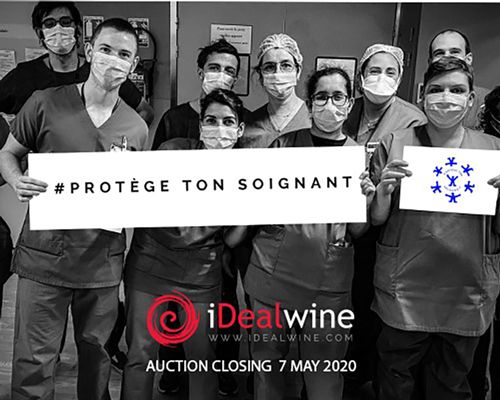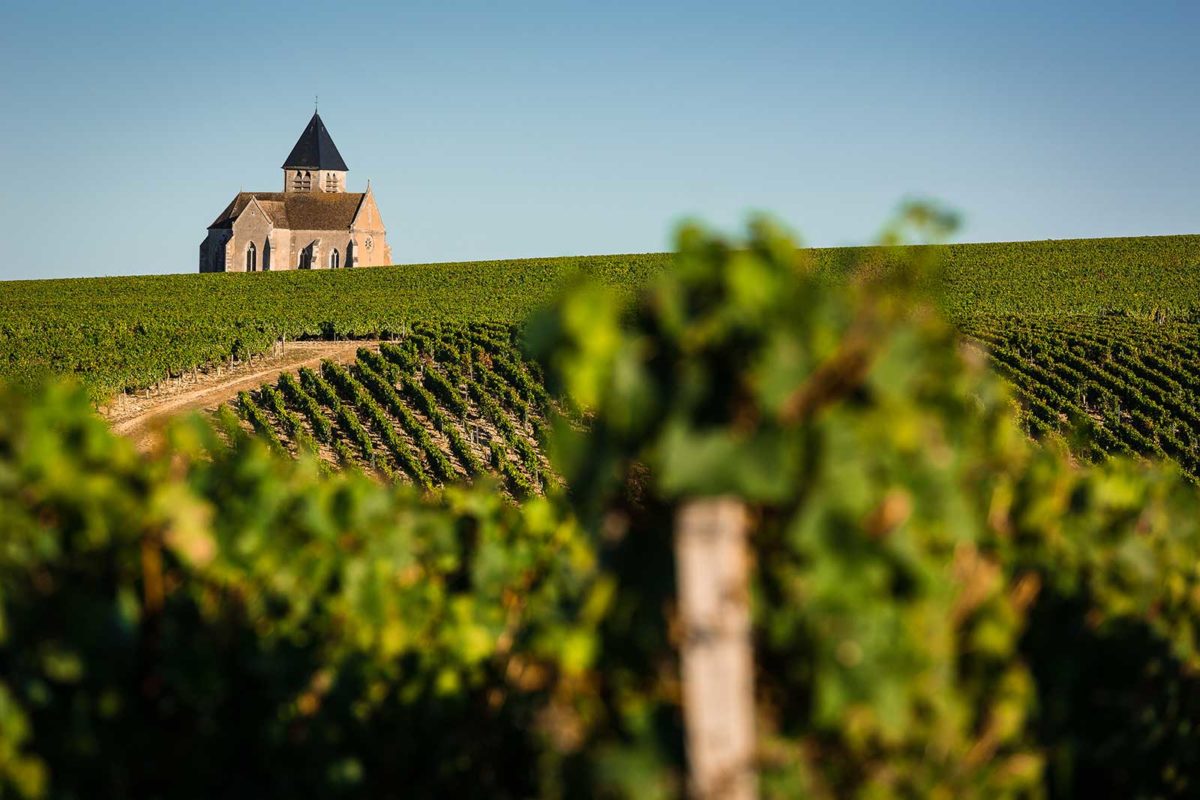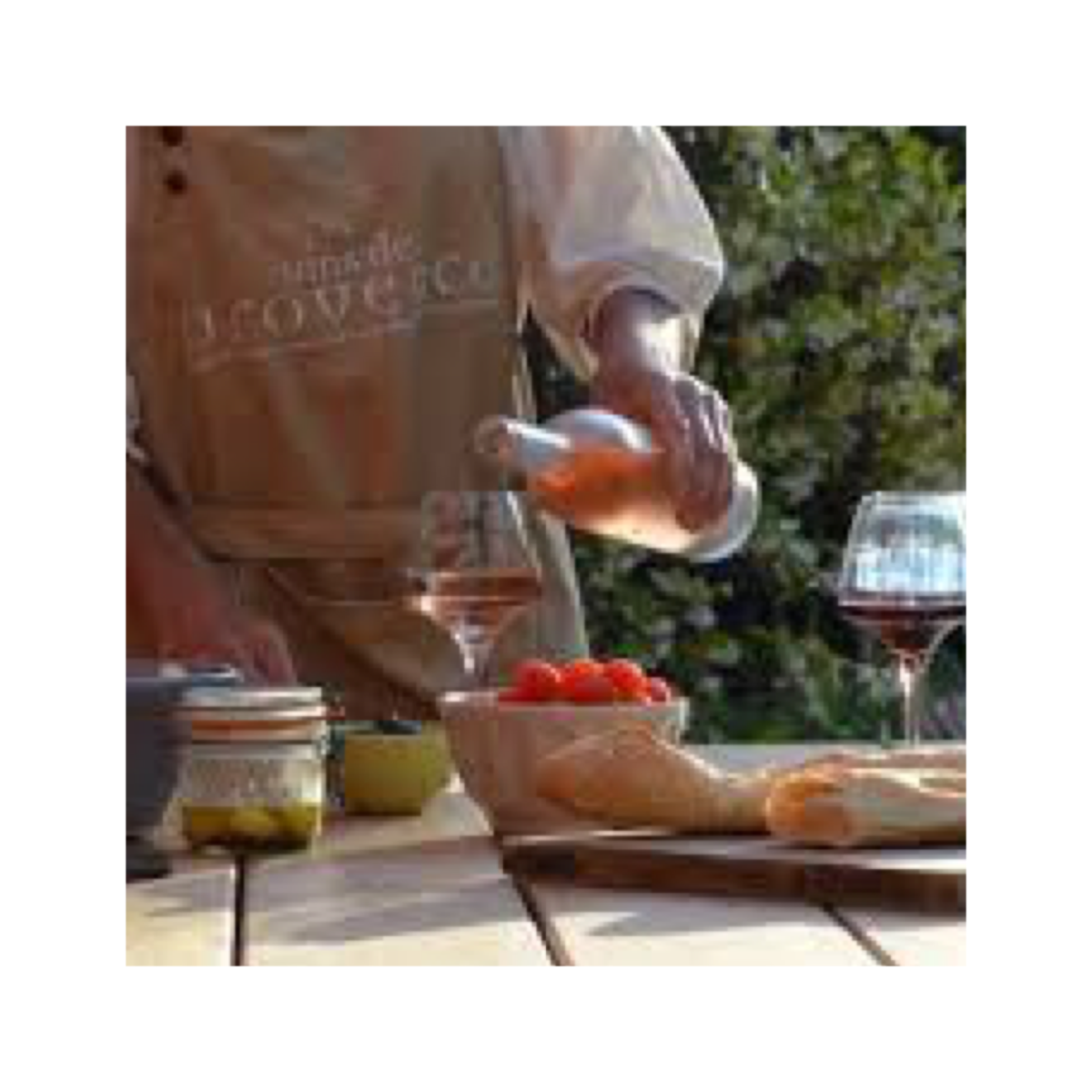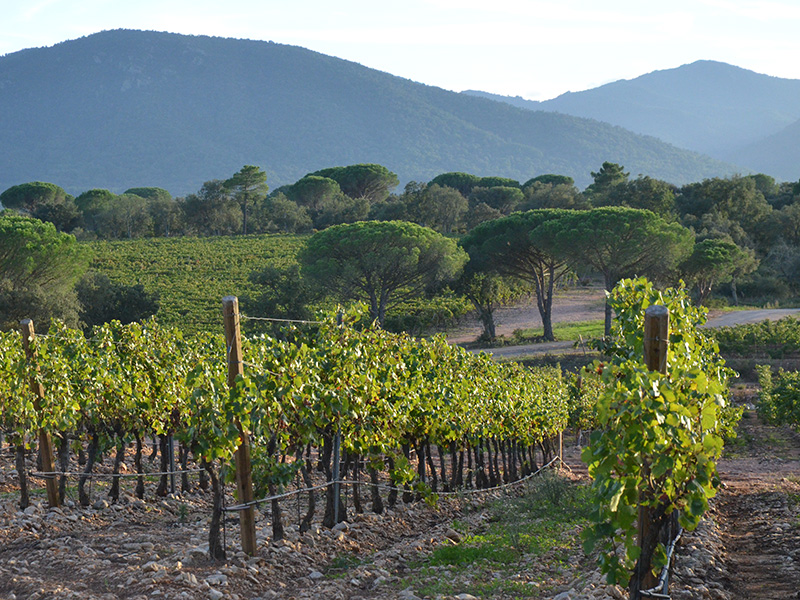Online fine wine auction site idealwine has launched a charity auction to raise funds for healthcare workers in France.
Unveiled this week, the auction will run until May 7. The auction includes Château Lafite Rothschild 1996 in a double magnum, and a range of large formats Bordeaux such as Pichon Baron, Phelan Segur and Suduiraut, and Salmanazars from Domaine de la Solitude, Domaine Albert Bichot and Champagne Drappier.
All proceeds will be donated to the #ProtegeTonSoignant collective which is a multidisciplinary team that identifies hospitals’ urgent needs, to buy and deliver the medical equipment.
Just under 1,000 bottles will be up for auction, with donations from 100 domains, which is worth an estimated €60,000-€100,000.
The auction will be live from April 27 until May 7 2020 on the iDealwine.com site.
The auction will be administered by International Wine Auction, the certified public auction operator and subsidiary of iDealwine.
How to Bid
Simply sign up on the iDealwine site.
All proceeds [the hammer price and buyer’s commission (19% excluding tax)] will be donated to the collective. The wines bought will be shipped to buyers by iDealwine (shipping fees apply), or will be available for collection at the iDealwine warehouse (in Paris) after the end of lockdown.





